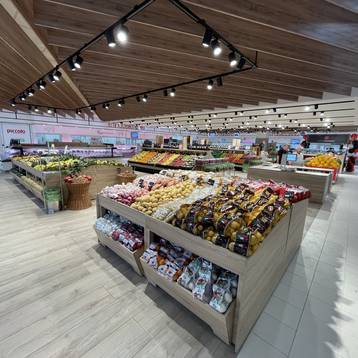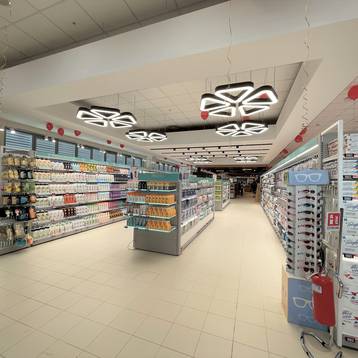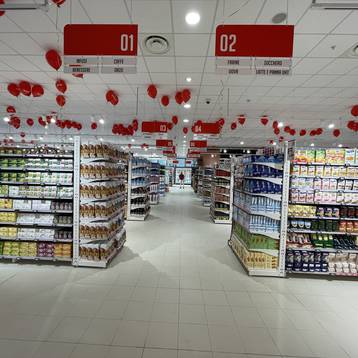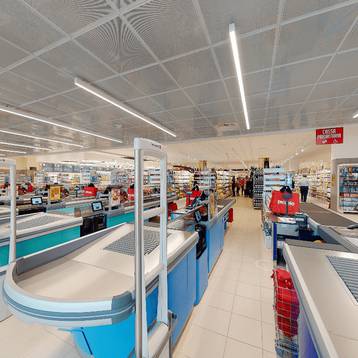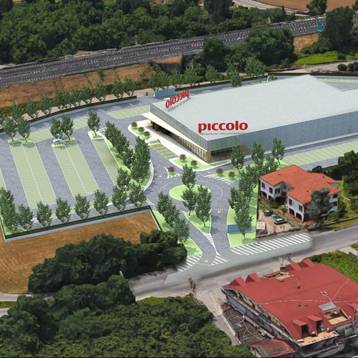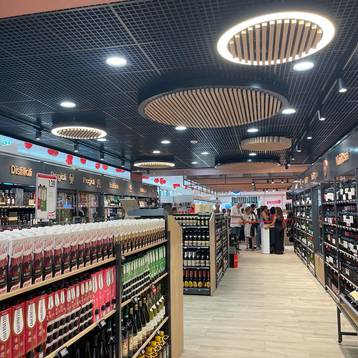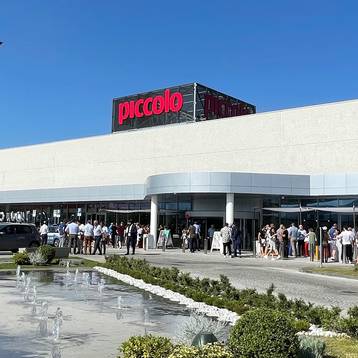The new Piccolo Superstore opens in Nola: interview with architect Vincenzo Franzese
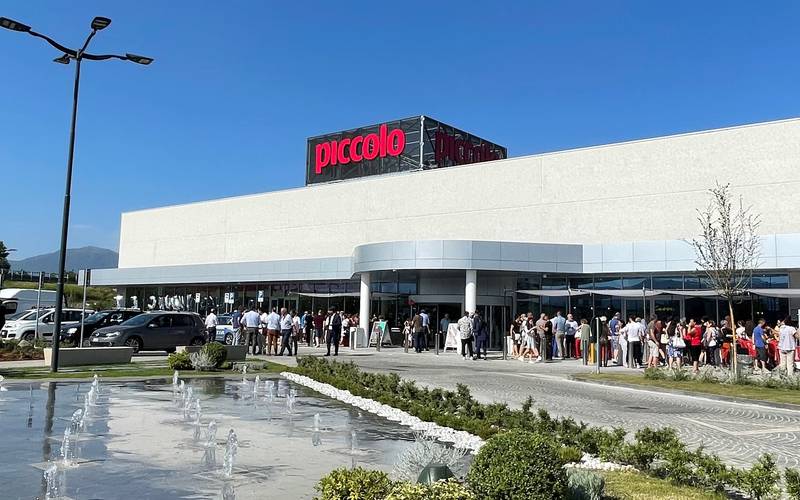
On 3 August, a new shop of the Campania-based Piccolo chain (VéGé Group), founded in 1988 by visionary entrepreneur Michele Piccolo, opened in Nola (Na).
It is the largest of the Piccolo supermarkets, boasting a structure of 4,200 square metres, 2,100 of which are dedicated to sales and more than 800 square metres to visible production workshops.
We had the pleasure of interviewing Vincenzo Franzese, the architect Imola Retail Solutions and ITAB team was delighted to collaborate with by supplying furnishings and checkout counters, as well as contributing to the design of various spaces.

What course of study did you take to become an architect and when did you join Piccolo?
I obtained a degree in architecture at Federico II University in Naples. I was immediately involved in several major projects, some of them targeted to the world of mass distribution.
For about 10 years I have been collaborating with SI.D.I. Piccolo, with whom I have developed a relationship of mutual trust that has led to the design of a format with a strong visual impact
What was the inspiration behind the design of the Piccolo supermarket in Nola?
First and foremost, a source of inspiration was the strategic location of the area where the new superstore was built: very close to the motorway leading to Nola from several points.Welcoming customers to the supermarket is a “spectacular” experience right from the outside: the customer is greeted in a green area of around 3,000 square metres with 100 planted trees and 50 aromatic plants - including mint and rosemary - offering an olfactory experience that immediately evokes the typical smells and scents of a kitchen. In addition, dancing fountains create striking settings. The customer receives a special welcome even before entering the supermarket.
What will the customer find inside?
The customer can immediately enter the bistrot and enjoy a break, from breakfast through to dinner. The real novelty is definitely the presence of visible workshops, which Michele Piccolo strongly desired. The kitchen, pastry, meat, fish and bakery workshops not only convey transparency, but also make it possible for the customer to witness how raw materials are processed into finished products.
Further highlights are indeed the ambiences in the most strategic departments: fruit and vegetables (covering an area of no less than 400 square metres), winery and perfumery.
The warm colours of the furnishings and settings in the fruit and vegetable department take the customer along in a retail experience centred on nature, organic produce and well-being.
The lighting project was designed ad hoc so as to create the right atmosphere and make the shopping experience more captivating.

What was the toughest challenge you had to face?
The whole project itself was a challenge. We are talking about 24,000 square metres of the lot on which the store stands, 4,200 square metres of the overall structure, 2,100 square metres for the sales area, 800 square metres dedicated to production workshops with over 2,000 fixtures. It goes without saying that creating a superstore of such size is indeed a challenge, not to mention the need to take care of every single detail to enhance and enrich the consumer shopping experience.
Has attention been paid to the “green” concept as well?
This is one of the topics we focused on in particular.We used recovered, recyclable materials such as wood, aluminium and steel, as well as LED lighting. Customers are greeted by a 3,000 square metre greenery space with 100 newly planted trees as well as 50 aromatic plant varieties. In addition, 950 photovoltaic panels for 360 kWp were installed.
As far as the concrete implementation of the project is concerned, are you satisfied with your collaboration with Imola Retail Solutions and ITAB?
I am absolutely satisfied. One of our goals was to create particularly appealing departments and, as a result, make shopping pleasant and entice customers to stay longer in the store.
This was indeed possible thanks to the great support of ITAB and Imola Retail Solutions.


